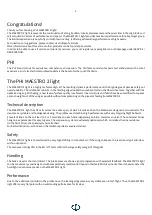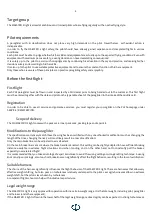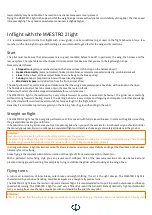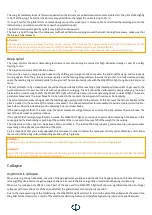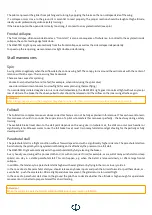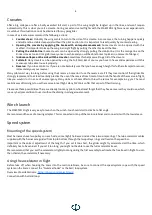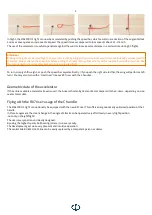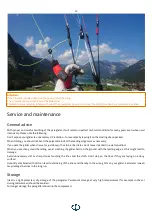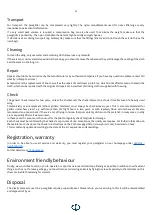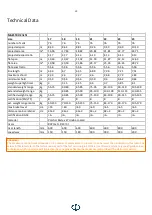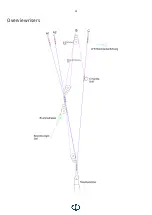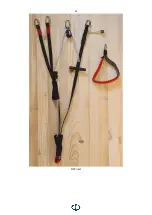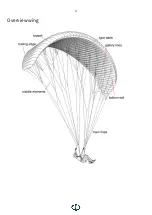
2
Congratulations!
Thank you for choosing a PHI MAESTRO 2 light!
The MAESTRO 2 light represents the continuation of a long tradition. Like its predecessors and heavier sister in the High B class, it
sets standards in terms of performance and speed. The MAESTRO 2 light provides maximum performance for a big target group.
The limited aspect ratio is easy to fly and with low line drag is offering extraordinary performance at high speeds.
For questions or suggestions, please contact us at [email protected].
More information about this and our other products can be found at phi-air.com.
In order to be able to use all service and warranty services, you must register your paraglider on our homepage under SERVICE /
REGISTRATION.
PHI
The PHI brand stands for experience, competence and passion. The PHI team consists of experts and enthusiasts with a lot of
experience. First-class technical professionalism is the base to further push the limits.
The PHI MAESTRO 2 light
The MAESTRO 2 light is a highly technical High-B. The resulting dynamic performance and the high degree of passive safety set
new standards. The additional miniribs in the leading edge double the number of cells in the flow-critical area. Together with the
optimized zig-zag 3D shaping, a new level of surface quality is achieved. Inner structure and fabric have been modified to squeeze
as much weight out of the wing as possible without compromising on the pleasant feeling from MAESTRO 2.
Technical description
The MAESTRO 2 light has 78 cells across the entire span, of which 9 cells each on the Stabilo are designed as closed cells. This
creates a very stable and homogeneous wing. The profiles used combine high performance with a very forgiving flight behavior.
4 levels of lines on the sail lead to 3 or 2 main lines on each side (depending on A,B,C cascades and size). The outermost A lines
hang on a separate riser for easy big ears. The suspension system is extremely optimized, which minimizes the line resistance.
On the front A riser, the speed system is attached.
For better distinction, all A-lines on the maillon rapide are covered and red.
Safety
The MAESTRO 2 light is characterized by very high stability in turbulent air. If the wing collapses, the reaction is typical B-class:
with no dynamics.
The maneuver ratings of B in the EN / LTF tests confirm the large safety margin of this glider.
Handling
The brake travel is short and direct. The brake pressure shows a good progression with excellent feedback. The MAESTRO 2 light
can be moved very sensitively and with comparatively small control inputs in thermals. With less inertia than its heavier sister the
handlight is even more precise on the MAESTRO 2 light.
Performance
Due to the additional miniribs in the profile nose, the leading edge remains very stable even in fast flight. Thus, the MAESTRO 2
light offers a very flat polar with an outstanding performance for its class.
Summary of Contents for MAESTRO 2 light
Page 1: ...1 Manual Version 1 02 vom 19 09 2022 ...
Page 12: ...12 PHI PHI eine Marke der Papesh GmbH Grillparzerstrasse 10 6067 ABSAM Österreich ...
Page 14: ...14 Overview risers ...
Page 15: ...15 R07 riser ...
Page 17: ...17 Overview wing ...
Page 18: ...18 Leineplan ...


